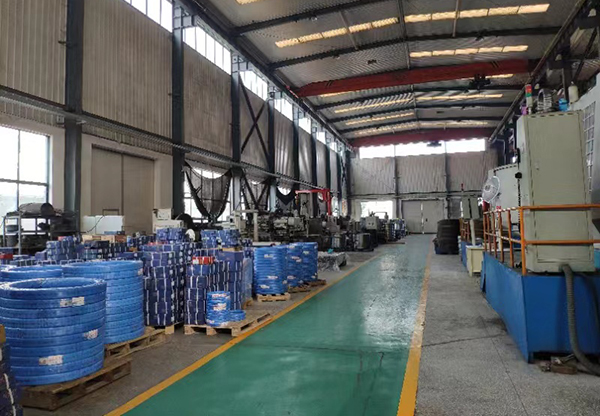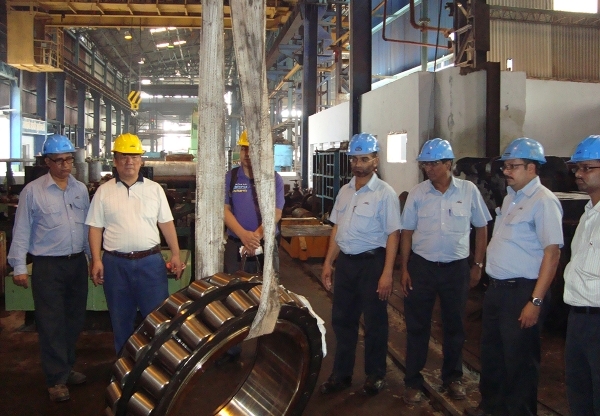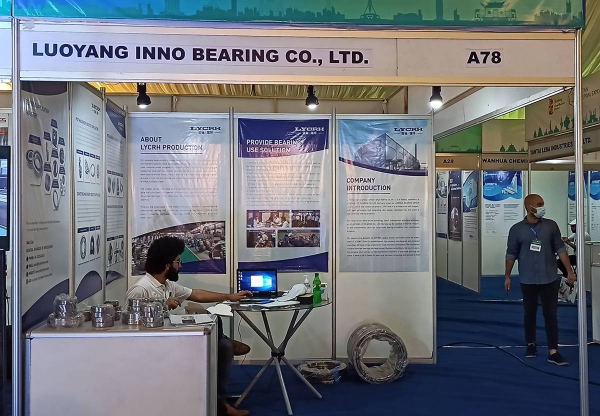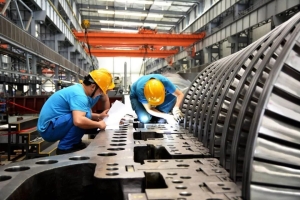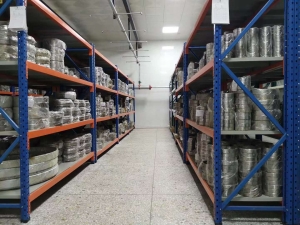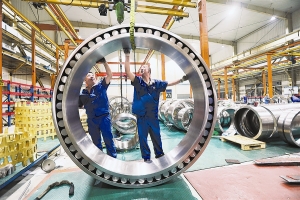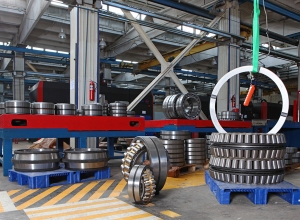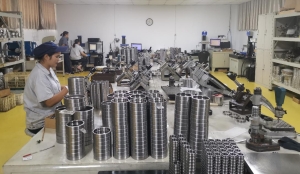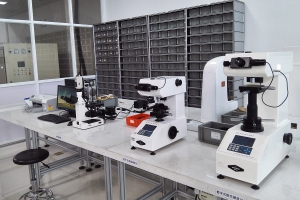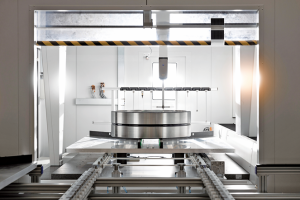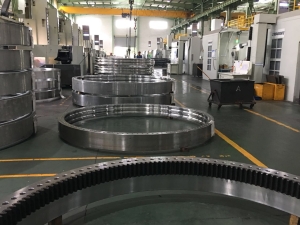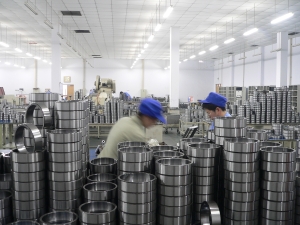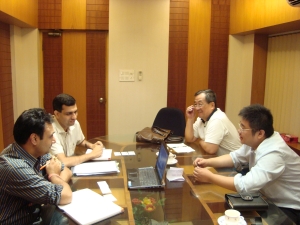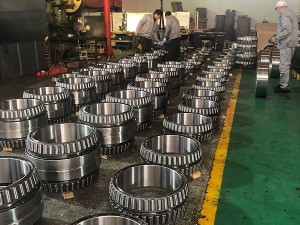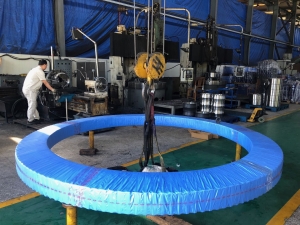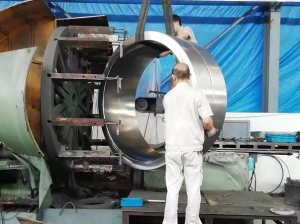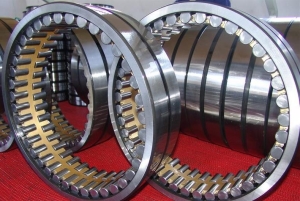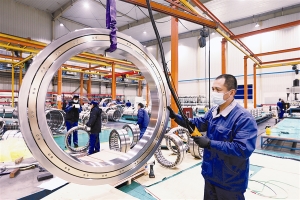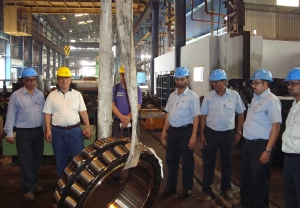Production Process
1.Forgings
Select top forgings suppliers, sampling and testing of their raw materials in random to make sure that raw material meets national standards and mechanical properties meet product design requirements. After the forgings enter the factory, the quality inspectors will perform the appearance inspection and the dimensional measurement to ensure that there are no obvious defects, and keep enough margin to process the finished products.
2.Rough turning
Descaling rough turning: according to the size of finished products, reserve enough size margins. Ultrasound flaw detection: the forgings after rough turning are detected by ultrasound, whether there are any defects in the material: such as blowhole. slag inclusion, lamination and so on. According to the national standard or the special requirements of customers, the tempering treatment could improve the mechanical properties. Testing whether the overall hardness of forgings is qualified according to quenching and tempering hardness requirements.
3.Precision turning before quenching
According to the type and size of the raceway structure, a sufficient margin is reserved to ensure that the machine deformation and quenching deformation can be eliminated, and try to remaining amount is required to be as small as possible.
- Quenching and temper stability of raceway
The raceway is quenched by medium frequency quenching process. The hardness of quenching area reaches HRC55-62, and the effective depth is not less than 3 mm. After quenching, the raceway is tempered stably to eliminate quenching stress, reduce subsequent processing deformation and reduce the risk of raceway cracking.
5.Detection of hardness, depth and crack
Detection of hardness, effective depth and crack in quenched area, especially initial position.
6.Semi-finished turning after quenching
Processing datum level, providing datum for subsequent processing of teeth, holes, etc.
7.Tooth processing
According to different kinds of tooth shape, processing methods such as shaping, hobbing and milling can be selected. The accuracy level can meet 7-10 grades. If higher accuracy is needed, grinding can meet 4-6 grades.
- Hardening,tempering stability and testing of teeth
In order to meet the strength and service life of the teeth, high frequency quenching is carried out on the tooth surface, root and top according to different requirements. The hardness can meet HRC 40-55 and the depth can meet l.5mm. Tempering stabilization after quenching , the quenching stress can be eliminated, the cracking risk of the quenched part can be reduced. And the hardness and crack detection can be carried out after quenching.
9.Hole processing and detection
Control the chord length,wall thickness, aperture and other items in the machining process and correct them in time. Inspection for threads with high accuracy requirements.
10.Fine grinding and testing
For high-precision products. precise grinding is used to effectively control the parameters of ring ellipse, wall thickness and Hardness, so as to ensure that the precision of finished products meets the requirements of standards or customer drawings.
11.Match clearance
Accurate measurement of part size, Calculating spare parts allowance, according to the requirements of the drawings to match clearance.
12.Assembling
Remove ring burrs and clean up. Install corresponding size and number of rollers, cages, seals and other accessories in strict accordance with the requirements of assembly drawings. Rotate to detect whether the rotation is flexible and whether there is any abnormal noise.
13.Finished product testing
The assembly is completed, detecting whether all aspects meet technical standards
14.Installation of brand sign
Install sign and logo according to customer requirement
15.Fill grease and packaging
Before product packaging, add corresponding brand and type grease according to customer’s requirements to protect raceway from damage. Export wooden boxes suitable for sea transportation are used to ensure the safe arrival of goods at different transportation distances, storage times and regions.


